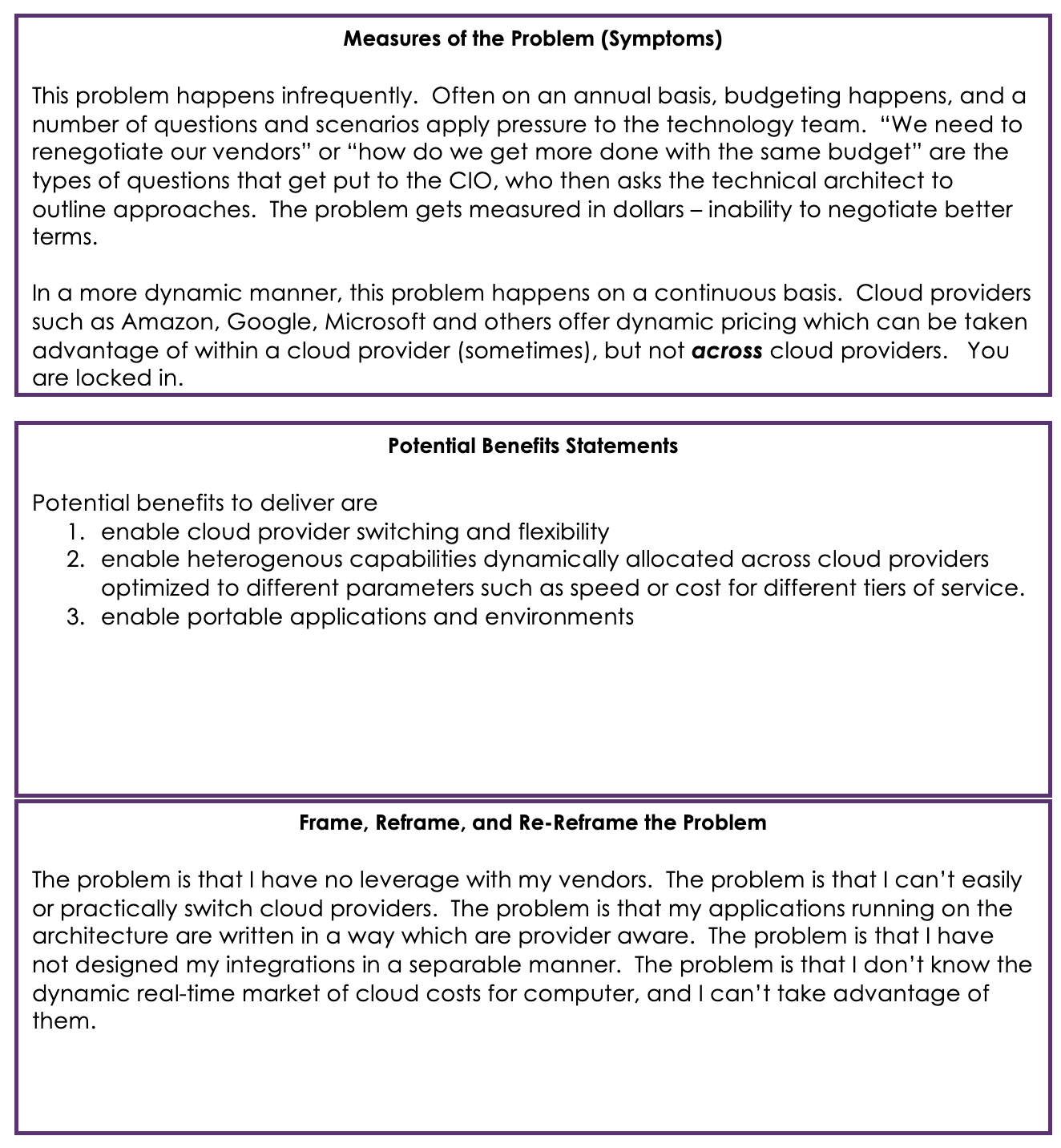The Digital Leader Newsletter — Strategies and Techniques for Change Agents, Strategists and Innovators
All we have to see
Is that I don't belong to you and you don't belong to me, yeah yeah”
— Freedom, George Michael
It’s a proven business strategy. Give the customer the basics or container of a solution, often at an undesirable price, and then “lock them in” and charge premium prices when they need new parts, service, replacements. The classic “razor and razor blades” business model. It’s “IDEAL” — right? Wrong. In the new world of customer expectations and using “trust” as a key brand element, customers hate and are scared of lock-in. Everywhere from razor blades to technology, lock-in is both the preferred business model and what customers are scarred of. The bigger the commitment, the bigger the price tag, the bigger the implication of “lock-in”, the more customers are going to resent the strategy. In the long run, is lock-in a smart business strategy?
In economics, vendor lock-in, also known as proprietary lock-in or customer lock-in, makes a customer dependent on a vendor for products and services, unable to use another vendor without substantial switching costs. Lock-in costs that create barriers to market entry may result in antitrust action against a monopoly.1
Are there companies that compete, win and are strategic about not using lock-in when they could, doing the opposite of what all your business school professors would teach you? To be a customer obsessed organization, and operate in the best interests of customers. Because you know what doesn’t suck — optionality. Having options always feels good.
So let’s use the What Sucks??? Problem Canvas to better understand the problems of vendor lock-in. The scenario will be lock-in with a technology vendor — perhaps it’s a cloud provider or similar type of horizontal technology situation.
BEFORE WE START…
Read the initial “What Sucks???” newsletter
The Greatest Luxury — Options
And with that background, here’s the problem space analysis for vendor lock-in in the cloud infrastructure.
Every cloud provider, even if they tell you they’re not, is focusing on creating lock-in — Michael Willette, USAA in WSJ2
And that’s the ultimate challenge with a lock-in strategy (especially a B2B lock-in strategy). Long run, your customers end up resenting the relationship and actively working to create options. What if you made that easy for them, keeping their trust and always “earning” the business?
The Homework Assignment
Do you have either a lock-in strategy or are you suffering from being locked-in? Is it the right long-term strategy? Use the What Sucks??? canvas to better understand your lock-in problem, and surprising options and benefits might be found. Even if you stick with a form of lock-in strategy, you might develop a more attractive “fly paper” strategy to attract and retain customers.
Want the What Sucks??? Canvas? Download the What Sucks??? Canvas by clicking on this button
Please Share this Post with Others!
About The Digital Leader Newsletter
This is a newsletter for change agents, strategists and innovators. The Digital Leader Newsletter is a weekly coaching session with focus on customer centricity, innovation and strategy. We deliver practical theory, examples, tools and techniques to help you build better strategies, better plans, better solutions — but most of all to think and communicate better. You’ll be able to follow up with questions and advise.
https://en.wikipedia.org/wiki/Vendor_lock-in
https://www.wsj.com/articles/battle-for-the-cloud-once-amazon-vs-microsoft-now-has-many-fronts-11627221600







